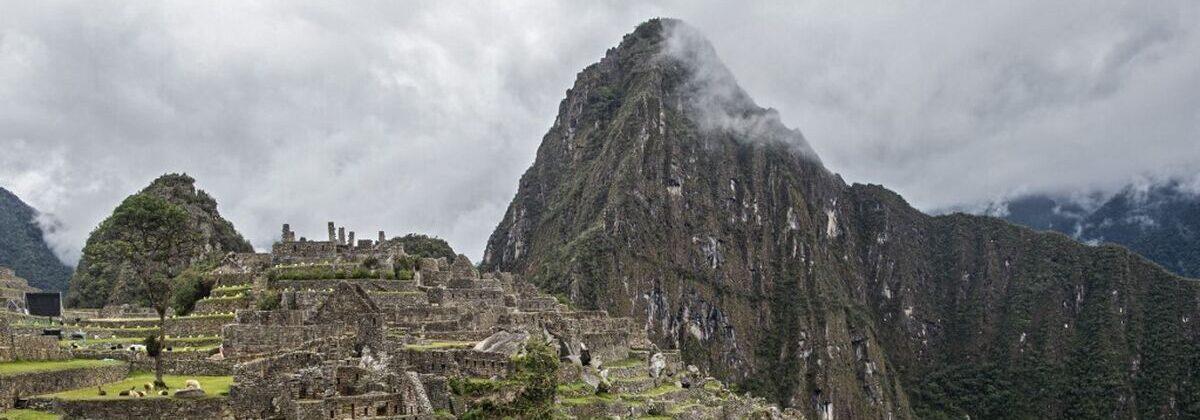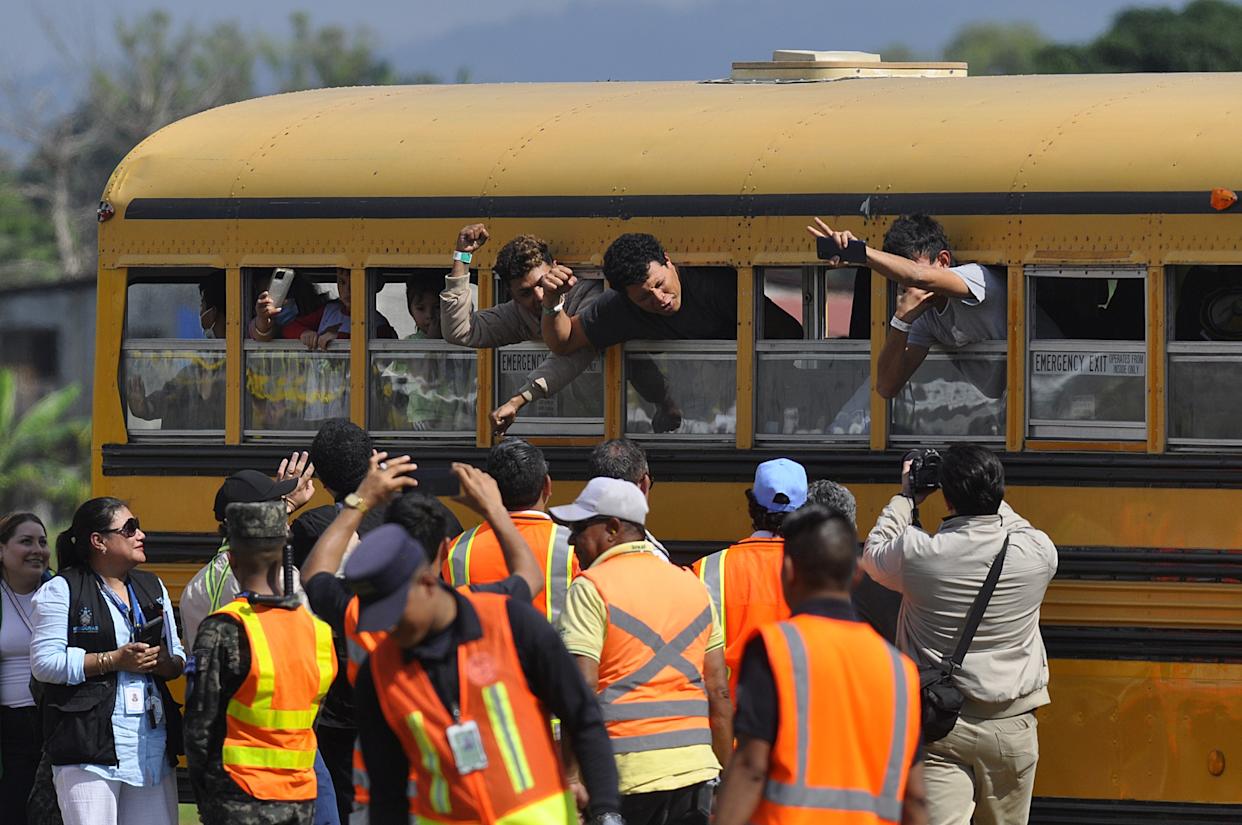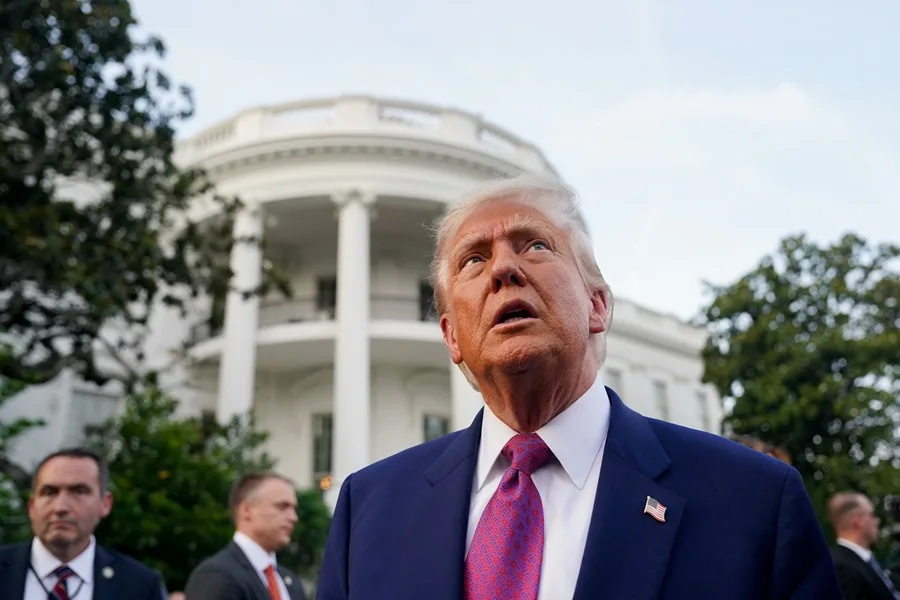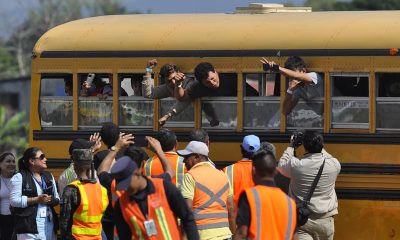International
Workers in Peru race to reopen Machu Picchu after floods

AFP
Teams of workers raced Wednesday to clear mud and debris from the only transport access to the jewel of Peru’s tourism sector, Machu Picchu, following torrential rain in the Andes.
Heavy downfalls on Friday caused the Alcamayo river that runs through the small tourist town of Machu Picchu Pueblo — at the foot of the mountain that boasts the world famous Inca citadel — to burst its banks.
Almost 900 tourists were evacuated from the town after flooding destroyed many homes and left one person missing, the tourism ministry said.
Damage to the train tracks that serve as the main transport access to the town has made it very difficult for tourists to reach the site.
“This will last a few more days because after the clean-up we have to prepare a bridge so that tourists can enter Machu Picchu, and the local population too,” said the town’s mayor Darwin Baca.
“We are asking the regional and central governments to help us with this project because we feel it when Machu Picchu closes. Because it’s not just one region that lives off tourism, many regions do,” said Baca.
The vast majority of visitors to Machu Picchu usually arrive at the town by train, either from Ollantaytambo, 32 kilometers away, or the former Inca capital of Cusco city, 72 kilometers away.
The site of the citadel is not closed but with the train tracks damaged, the only way to access the town is to take a bus to a place called Hidroelectrica — more than six hours from Cusco city — and then walk eight kilometers through the jungle along the Ruta Amazonica.
Just 300 to 400 people a day have managed to access Machu Picchu that way, compared to the 1,200 daily visitors when the train service is working.
Hotels and restaurants throughout the Cusco region have been affected.
Even as far away as in the capital Lima, tourism has been hit.
When access to Machu Picchu is affected “there are unfortunate repercussions on the economy and tourism sector” in the whole country, said Baca.
Peru Rail, one of the two railway companies serving the town of 5,000 people, said services would remain suspended until Thursday.
Some 447,800 people visited the citadel in 2021, a fraction of the 1.5 million yearly visitors before the coronavirus pandemic struck.
The citadel was closed for almost eight months in 2020 due to the pandemic, costing the Cusco region $1.4 billion due to the loss of tourism revenue.
International
Meta Says Russia Seeks to Ban WhatsApp for Defending Secure Communication

U.S. tech giant Meta, the parent company of WhatsApp, said that Russia is seeking to ban the messaging app because it “challenges government attempts to violate people’s right to secure communication.”
Russian authorities have encouraged citizens to switch to state-backed applications, and in August they already blocked WhatsApp’s calling feature.
On Friday, the communications regulator Roskomnadzor claimed that the platform was being used to “organize and carry out terrorist acts in the country, recruit perpetrators, and facilitate fraud and other crimes.”
“If the messaging service does not comply with Russian law, it will be completely blocked,” the regulator warned.
WhatsApp remains one of Russia’s most widely used messaging services, alongside Telegram.
Moscow is pressuring both platforms to grant authorities access to user data upon request for investigations into fraud and activities the government labels as “terrorist.”
Human rights advocates fear the demand could be used to target critics of the Kremlin, President Vladimir Putin, or the war in Ukraine.
International
Archbishop Wenski criticizes Trump’s deportation policies, calls for stronger push for reform

The Archbishop of Miami, Thomas Wenski, has called for increased pressure on the U.S. Congress to advance comprehensive immigration reform and criticized President Donald Trump’s mass deportation policies, arguing that they “do nothing to help.”
“We need to apply more pressure on Congress so lawmakers can make the necessary changes. It is also important for the Administration to listen to our voice. We do not want to be anyone’s enemy—we are Americans,” Wenski said in an interview with EFE.
The religious leader, who heads one of the dioceses with the largest Latino and Haitian populations in the United States, issued a call to defend the rights of migrants. He also emphasized that the U.S. Conference of Catholic Bishops (USCCB) has maintained a strong and public stance in favor of migrants for decades.
International
Trump relaunches diplomatic push to finalize U.S.-Backed peace plan for Ukraine War

U.S. President Donald Trump announced on Tuesday that his diplomatic team will resume meetings with delegations from Russia and Ukraine in an effort to pressure both sides to accept the peace plan proposed by Washington to end the war in Ukraine.
As part of this new round of talks, U.S. Special Envoy Steve Witkoff will travel to Moscow to meet with Russian President Vladimir Putin. Meanwhile, Army Secretary Dan Driscoll will hold discussions with Ukrainian representatives to narrow differences on the remaining points of the agreement.
Trump also confirmed his intention to meet personally with Ukrainian President Volodymyr Zelensky and with Putin, though he emphasized that such meetings will only take place “when the agreement is fully finalized or in its final stage.”
The president claimed that his administration has made “tremendous progress” toward resolving the conflict and reiterated that the war “never would have started” if he had been in the White House at the onset of the crisis.
The U.S.-backed peace plan consists of 28 points and has been revised following feedback from both sides. According to Trump, only “a few points of disagreement” remain under active discussion.
One of the most controversial aspects of the proposal is the suggestion that Ukraine cede parts of the Donbas region to Russia and limit the size of its armed forces. Kyiv is working closely with Washington to soften these clauses in search of an arrangement that does not compromise its sovereignty or security.
With this diplomatic push, Trump aims to solidify his role as the main mediator in the conflict and steer the war toward a political resolution after years of devastation, humanitarian crisis, and rising global geopolitical tensions.
-

 Central America2 days ago
Central America2 days agoTrump Pardons Former Honduran President Hernández and Warns of Aid Cuts Ahead of Election
-

 Central America4 days ago
Central America4 days agoPanama reinforces security with new helicopters and Super Tucano Aircraft purchases
-

 Central America4 days ago
Central America4 days agoTrump urges hondurans to back conservative candidate Nasry Asfura in november elections
-

 International4 days ago
International4 days agoArchbishop Wenski criticizes Trump’s deportation policies, calls for stronger push for reform
-

 Central America1 day ago
Central America1 day agoHonduras’ China–Taiwan Future Hinges on Sunday’s Presidential Election
-

 Central America8 hours ago
Central America8 hours agoHonduras Extends Voting by One Hour Amid High Turnout, CNE Announces
-

 Central America4 days ago
Central America4 days agoWashington calls for oversight as Honduras faces allegations of electoral interference
-

 International2 days ago
International2 days agoMeta Says Russia Seeks to Ban WhatsApp for Defending Secure Communication






























